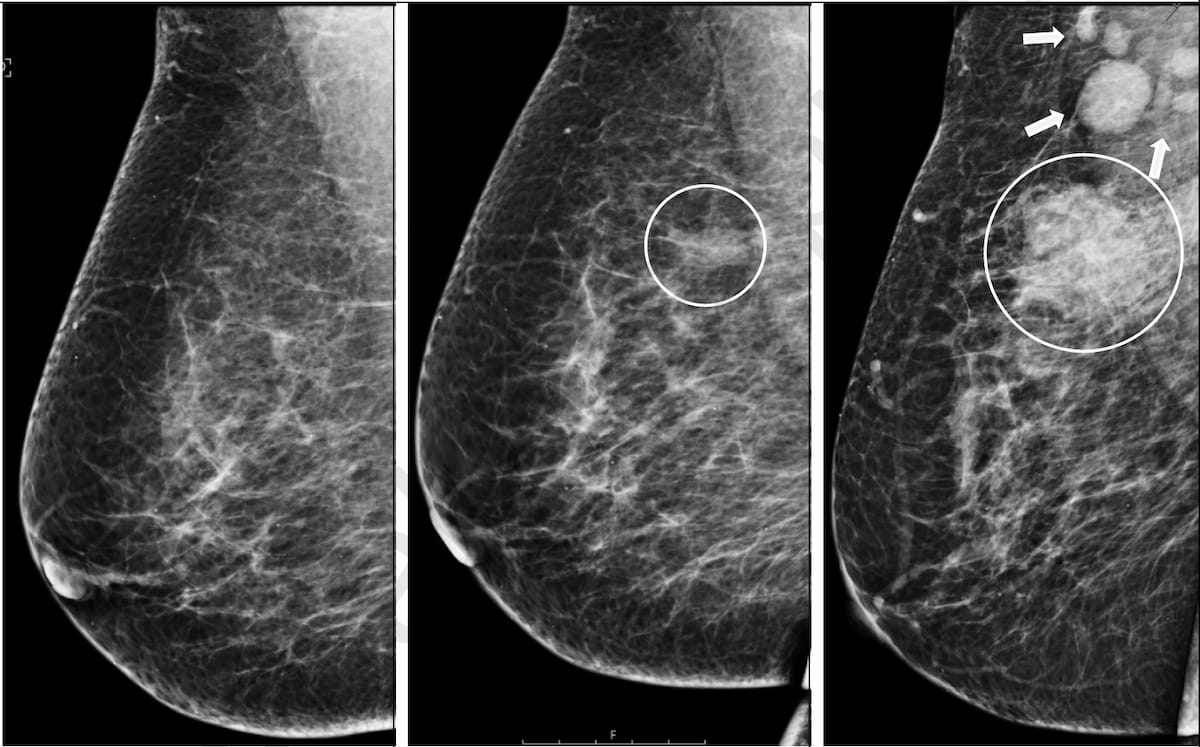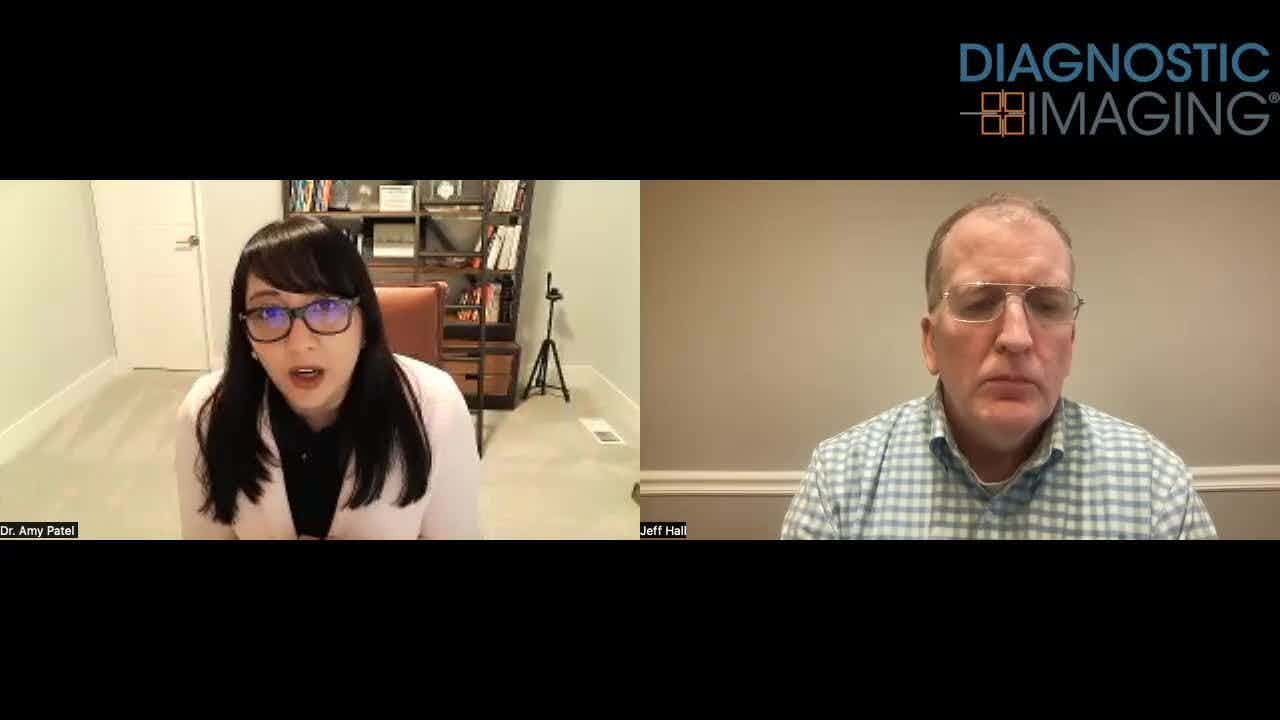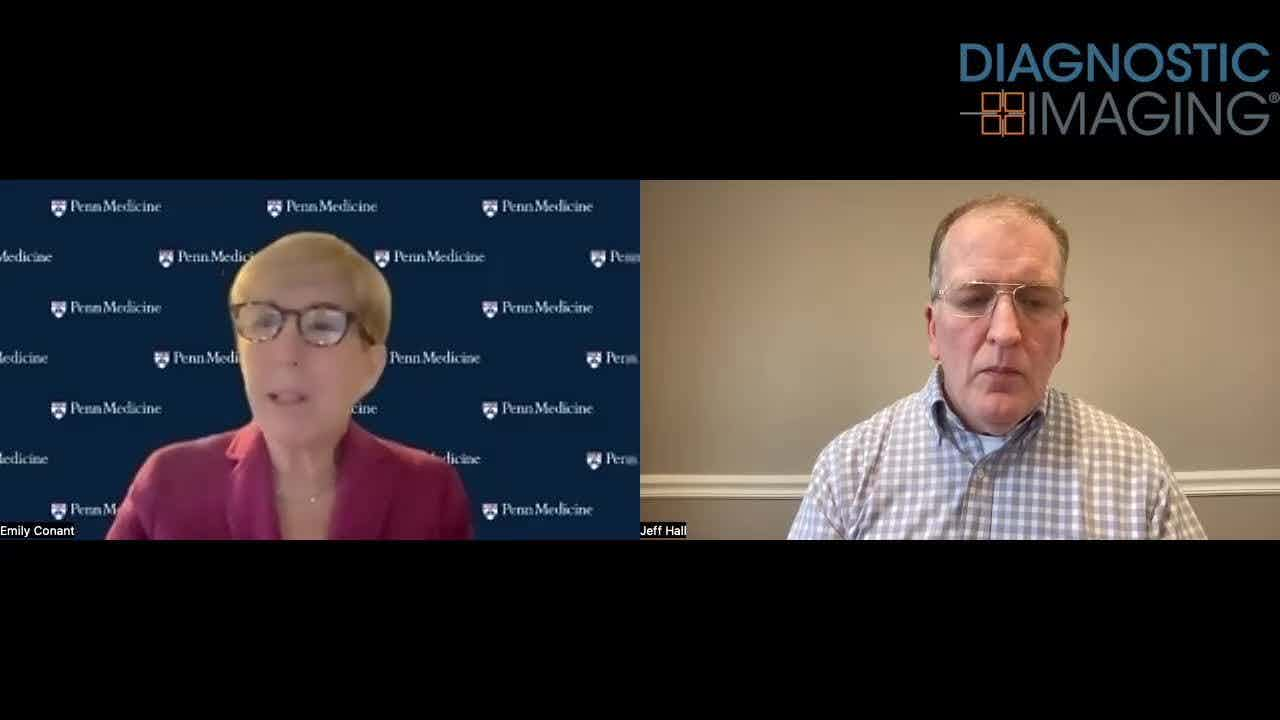New Research Shows Consequences of Delayed Diagnosis in Mammography Screening
Primary diagnostic delays in mammography screening led to a greater than 10 percent higher incidence of lymph node metastasis with invasive breast cancer in comparison to women without a primary diagnostic delay, according to new research out of the Netherlands.
Emerging research suggests that women who have primary diagnostic delays in screening mammography have larger tumors, a higher likelihood of lymph node metastasis and are more than 10 percent more likely to have a mastectomy in comparison to women who do not have primary diagnostic delays.
For the retrospective study, recently published in the European Journal of Radiology, researchers assessed the impact of primary diagnostic delays (missed breast cancer on prior mammography screening) and post-recall delays with diagnostic workup in 3,625 women with screen-detected breast cancer (SDC) and 199 women with missed interval cancers (IC). The cohort was comprised of 2,548 women who had no delay; 936 women who had a primary diagnostic delay; and 176 women who had delays with diagnostic workup after recall, according to the study.
In comparison to women without delays, the researchers found that women with primary diagnostic delays (equal to or greater than four months in duration) had a higher mean tumor size (15 mm vs. 12 mm) and a higher incidence of invasive breast cancer (87 percent vs. 79.3 percent). The study authors also found that women with primary diagnostic delays had a higher rate of mastectomy (26 percent vs. 16.5 percent) in comparison to women with post-recall delays in diagnostic workup.
“Women with a primary diagnostic delay show larger tumors and more lymph node metastases compared to the control group and the group with a delay in diagnostic work-up. As expected, these less (favorable tumor) characteristics result is more mastectomies compared to women without delay in breast cancer diagnosis and women with a delay in diagnostic work-up,” wrote study co-author Lucien Duijm, M.D., a senior radiologist at the Canisius Wilhelmina Hospital in Nijmegen, Netherlands, and colleagues.
Here one can see initial mammography screening (A) for a 54-year-old woman and a subsequent mammography view showing a new asymmetry (B) that was not detected by the radiologist. The results from a third mammography exam, performed after the development of a palpable mass, revealed a large mass, and enlarged axillary lymph nodes. The patient was diagnosed with invasive ductal carcinoma with multiple lymph node metastases. (Images courtesy of the European Journal of Radiology.)

The researchers also found that women with primary diagnostic delays had a significantly higher percentage of lymph node metastasis (29.7 percent vs. 19 percent) as well as higher percentages of T2 tumors (27 percent vs. 15.8 percent) and T3 tumors (4.7 percent vs. 1.2 percent) in comparison to women without delays.
Tumor staging was similar between the control group and women with post-recall delays in diagnostic workup, according to the study. The researchers also pointed to the same percentage of lymph node metastasis (19 percent) in these groups. Overall, the study authors suggested that the impact of delays with diagnostic workup (ranging from incorrect BI-RADS classifications to false-negative biopsy) is mild.
“When we relate this to the current concerns about the effects of the COVID-19 pandemic on breast cancer outcomes, the envisioned worrisome effect of delay (i.e. higher mortality, larger (tumors) and more lymph node metastases) might have less impact than previously expected,” noted Duijm and colleagues.
In regard to study limitations, the researchers conceded that general extrapolation of the study results may be limited due to a lower recall rate for the Dutch breast cancer screening program in comparison to other screening programs. They also noted a lack of standardization with post-recall workups that were performed at facilities outside of the screening program. The study authors also acknowledged subgroup analysis of women with delayed diagnostic workup may have been affected by the relatively low number of women in the subgroup.
Contrast-Enhanced Mammography Study Reveals 24 Percent Lower Sensitivity with Moderate/Marked BPE
April 30th 2025In comparison to minimal or mild background parenchymal enhancement on contrast-enhanced mammography (CEM), researchers found that moderate or marked BPE was associated with a 12 percent lower AUC for breast cancer detection.
AI-Initiated Recalls After Screening Mammography Demonstrate Higher PPV for Breast Cancer
March 18th 2025While recalls initiated by one of two reviewing radiologists after screening mammography were nearly 10 percent higher than recalls initiated by an AI software, the AI-initiated recalls had an 85 percent higher positive predictive value for breast cancer, according to a new study.










